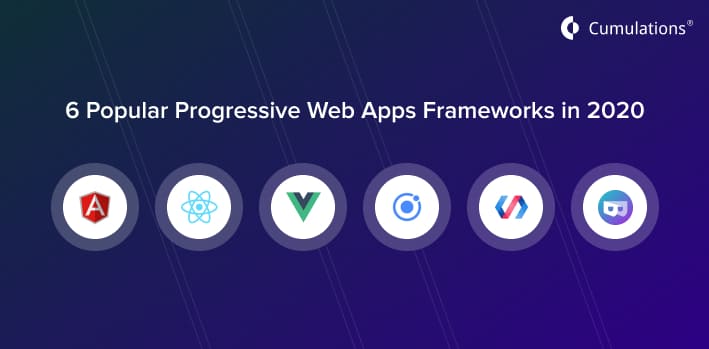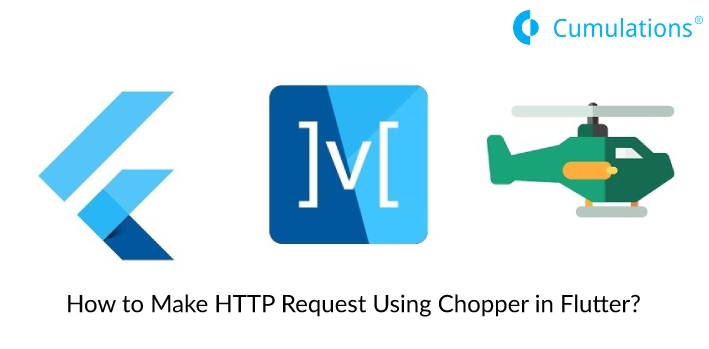
As mobile phones are the part of millions and millions of people who are browsing the web without being hooked to the PC and are conveniently accessing the applications. It is amazing to understand how much the development of technologies has brought a revolution in our lives. As per the statistics provided by Statista, the worldwide usage of mobile internet has been growing multifold over the last five years.
Now people worldwide have almost forgotten PCs, for life without smartphones or tablets is meaningless. Today using these gadgets is a convenient way to participate in everyday interactions. This inclination has raised the bar of what users expect from websites, including fast speed loading and efficient browsing on their devices.
While a mobile application may be a worthwhile option for global eCommerce sites, by pressing an icon on the touchscreen, you can order your meals, book flight or entertainment tickets, play games, pay for utilities and do dozens of other things. All are required to get access to a whole world of comfort is to install a particular app on your device.
The method can’t stay unnoticed by businesses, who realized the value of the new way of directly reaching out to the consumers. Therefore, the demand for app building generates a boom in a supply market, delivering respective services, and many hybrid app development companies start cost-effectively building apps.
Native Apps
A native app is a program that is developed to run on a particular platform or device (iOS or Android). Native applications can communicate with and take advantage of operating system components that are installed on a particular platform. Installation of Native apps can be performed via an application store (such as Google Play Store or Apple Store).
Android and iOS are the most popular operating systems for apps which are being developed. If you want your app to reach the maximum number of users, it can be a strategic decision to create an app for more than one operating system. Hence, this specific limitation and complexity gave birth to Progressive Web Apps (PWAs).
Progressive Web Apps
Progressive web apps have gained enormous acknowledgement over the years. As it provides the magnificent user experience, PWAs don’t take much space on any device since they don’t require any downloading content when compared to native apps. PWA being a hot topic in app development has seen the rise in the usage trend of web apps. Various organizations and businesses have been benefited. Such an app is essentially a website that works as an application but doesn’t need installation on your device.
This uniqueness determines the number of advantages PWAs provide; they are easily accessible even in bad network conditions. They have a high variation capacity so they can run on various devices and platforms. Their setup also provides users with cohesive experience, allowing them to utilize the same user interface for the browser and the app.
When developers think about progressive web app development, the primary decision is about which PWA framework to use. Even though several options are available, it is needed to assess the pros and cons of using the framework before reaching any conclusion. In case a developer is confused about choosing a framework, PWA framework combines the benefit of native apps and further enhances them with their distinctive attribute. The JavaScript applications operate on browsers and carry the same features of native apps to the web. Presently, PWA is backed by browsers like Chrome and Opera entirely.
Firefox supports most of the features, whereas Apple has a transition in the trend by making a key component. Now, there are multiple possibilities available. You can use the best suitable framework from here for your upcoming project. Opting for an explicit PWA tool, it is essential to realize what is expected and what end product is being planned to receive. Once it is done, tool selection can be made that suits the requirement. Here are 6 Popular Progressive Web Apps Frameworks being used in 2020.
Angular
Innovated by Google in the year 2009. Angular is one of the preferable frameworks among all other competitive PWA. The structures have JavaScript for creating reliable and robust applications. It is still sustained by its developers, enabling a user to build apps compatible with the widely used browsers. It is efficient for creating single-page applications, providing safe testing and maintenance operations. With its open code free access, “more functionality less code” method, and lots of recyclable components, this framework utilizes good-sized ownership. However, the acquisition is quite challenging (true for older versions), since it requires competency in Typescript
React
This is another PWA framework with many communities, which is explained by the fact that Facebook developed React. React is yet another popular and highly functional PWA framework. It is famous amongst developers due to its highly extensive JavaScript repository. Additionally, Pure JavaScript lies in the base of React; it makes use of JSX to apply extract functions for connecting HTML structures. This provides developers comfort, which in return makes React one of the top PWA and tools. Excellent at creating UI, it can be used for both web and mobile app creation. Its extensive environment provides high flexibility and scalability. Among other benefits are cross-platform operation and potential for creating native apps (which, however, requires a platform-specific code).
Vue.Js
Vue features one of the fastest-growing libraries amongst all other frameworks. This is because the framework succeeded in cracking code by delivering two essential things- high-speed rendering and simple code. This is controversial that Vue is the foremost JavaScript framework and can build single-page apps and UI because of its easy coding, high speed, clean documentation, scalability, and lightweight (only 18Kb). Unlike React and Angular, which are in sizable parts driven by Facebook and Google, Vue was developed by a single person. It is open-source and driven generally by its community.
Ionic
Ionic was introduced in 2013, open-source SDK which has its underpinning Apache
Cordova and Angular framework. As of now, the mentioned framework used to create over 5 million applications best suited for developing PWAs and cross-functional mobile apps. It has immense library elements for both Android and iOS platforms. Facilitate web app developers to develop web pages that can position inside the browser. Here, WebView provides web pages in the device browser to look at a Native application.
Polymer
The Polymer has been innovated by Google and is open source as well-preferred by 7 Big Giants like IBM, Coca-cola, General Electric, McDonald’s, Victoria’s Secret, Netflix and Bloomberg. It has a wide variety of tools, web components, and templates. This makes it an excellent choice for PWA development. However, mobile apps developed with Polymer may display performance issues, and the importance of creating applications for each browser is quite difficult. Polymer renders debugging tools are irrelevant with all its development tools present in the browser.
PWA Builder
PWA builder is an open-source framework developed by Microsoft. It offers the easiest ways to build components for PWA development and provides all benefits of a native app. It allows a developer to build an application that runs efficiently on all platforms and devices. It comes with a service worker for offline functionality. It is a community guided framework that supports both Android and iOS devices. Moreover, it allows easy content-sharing and enables the connection of musical instrument digital interface gadgets. Although being quite power-consuming, this framework lets you easily modify screen orientation, background colour, and other features of your future PWA.
Conclusion
The selection of a suitable framework or tool for a PWA is one of the most significant tasks. It decides whether a developed application will be responsive, scalable, interactive, powerful, and easy to use, also decide which framework is perfect and is reliable for application needs and the expertise of the developer. Hence, you can’t choose PWA without the input of the developer. The growth rate of Vue.js, React, and angular is expanding rapidly. If you choose a particular framework, this doesn’t mean that the framework will affect the app’s behaviour and there is more difference. So, all progressive web frameworks mentioned here are good to go.
Also read: Hybrid vs Native App Development: Which one you should choose in 2020


 +91-984-5825982 | +91-996-4689921
+91-984-5825982 | +91-996-4689921 sales@cumulations.com
sales@cumulations.com Send your requirement
Send your requirement 



